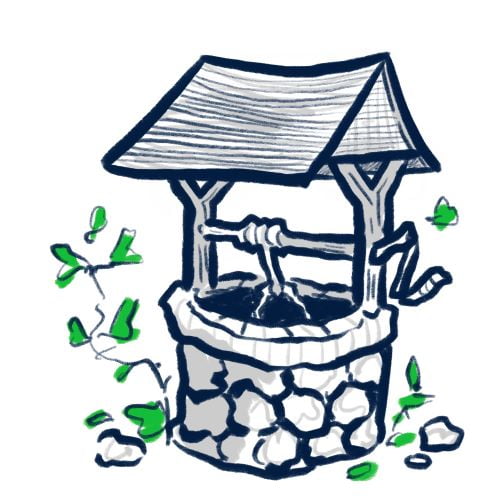Planning and Practicing: The Tightrope
Planning and Practicing: The Tightrope Lesson Are your students planning and practicing pros yet? This lesson is a great way to encourage students in grades 6-8 to be more thorough in their planning and practicing process and hone their collaboration and cooperation skills. This builds upon other planning and practicing lessons by including a special … Read more






